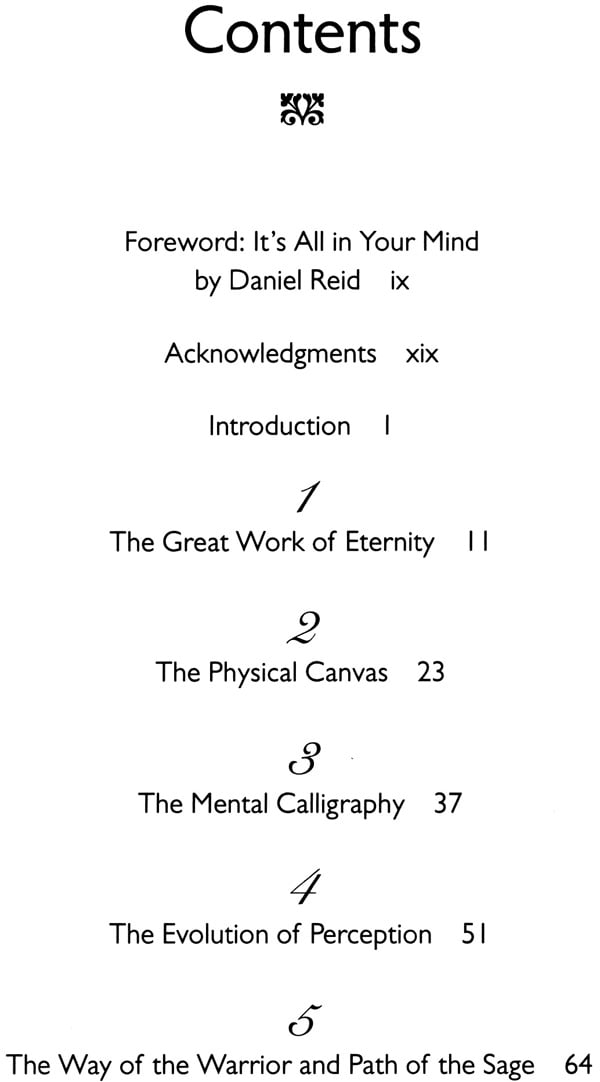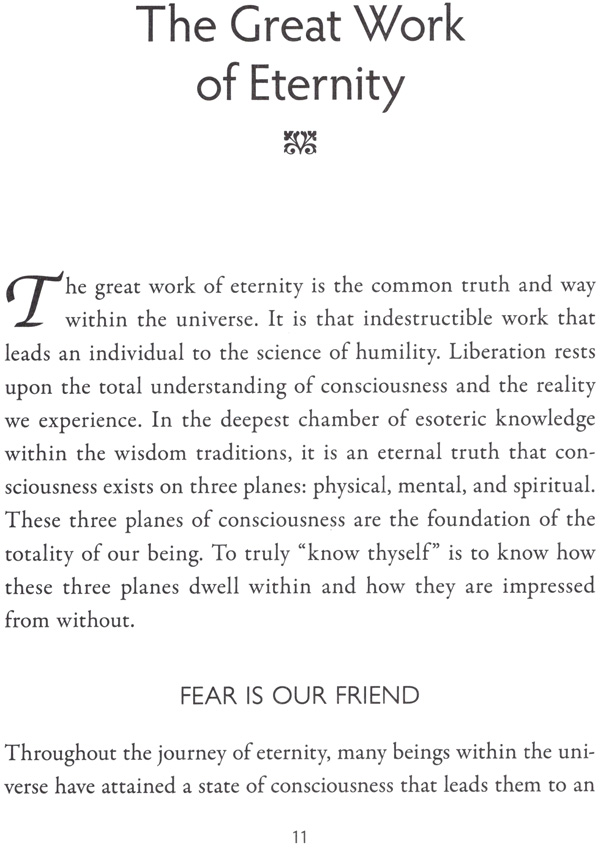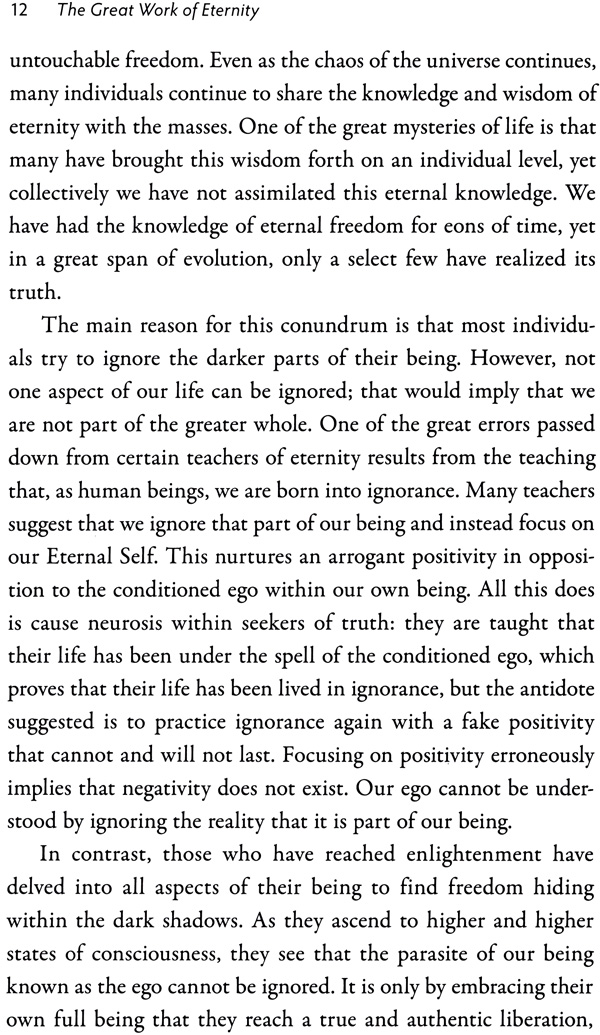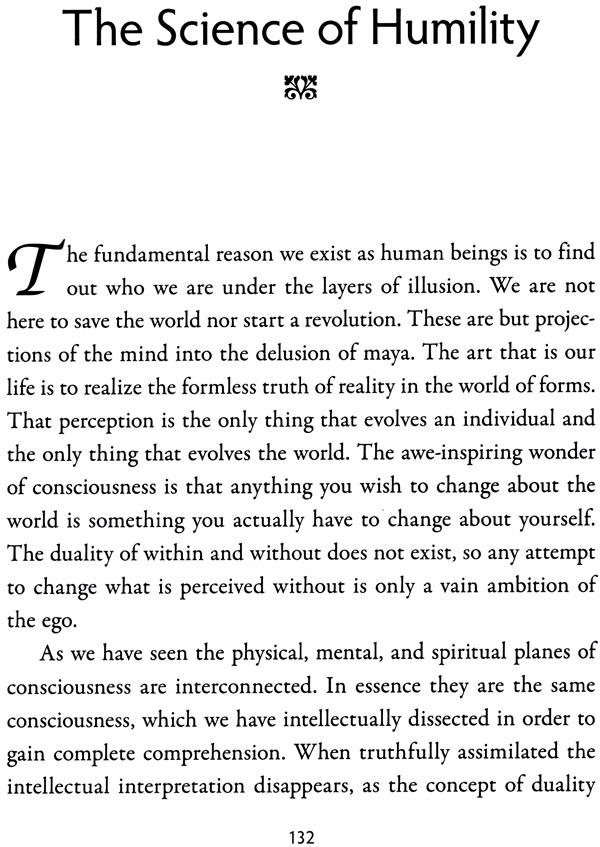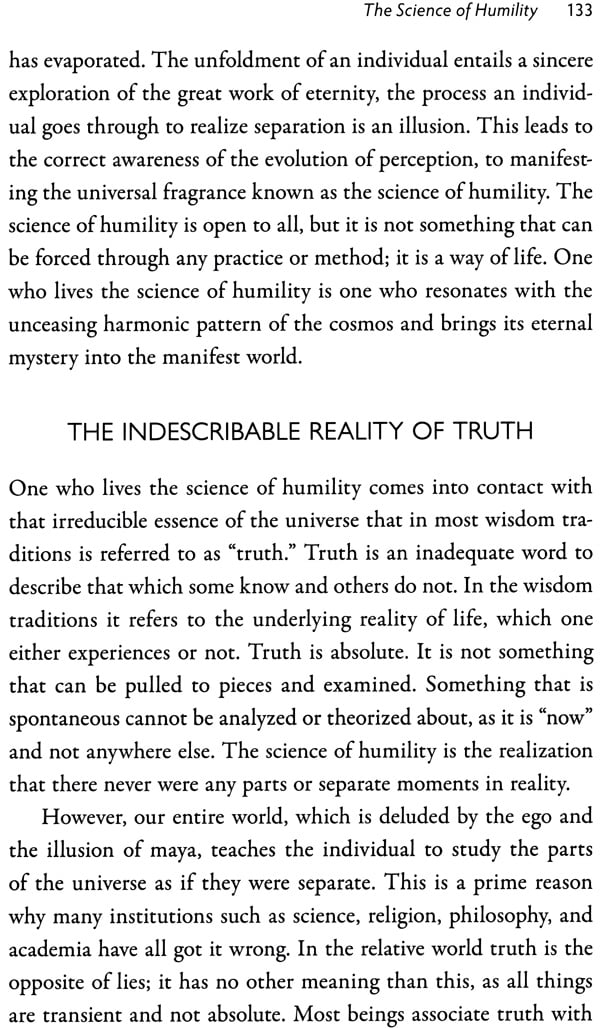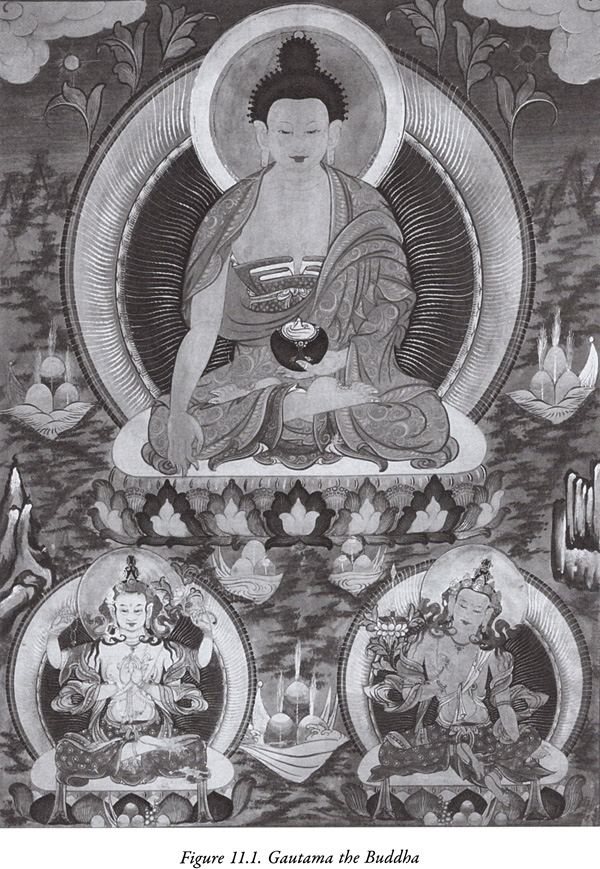
The Science and Practice of Humility (The Path to Ultimate Freedom)
Book Specification
| Item Code: | NAR087 |
| Author: | Jason Gregory and Foreword by Daniel Reid |
| Publisher: | Inner Traditions, Vermont |
| Language: | English |
| Edition: | 2014 |
| ISBN: | 9781620553633 |
| Pages: | 178 |
| Cover: | PAPERBACK |
| Other Details | 9.00 X 6.00 inch |
| Weight | 280 gm |
Book Description
From Krishna and Lao-tzu to Buddha and Jesus, each enlightened master discovered how being receptive to all experience was the key to becoming one with the universe and its spontaneous patterns of order and chaos. Revealing humility as the purest expression of this receptivity, Jason Gregory integrates classic teachings of Hinduism, Buddhism, Taoism, and Hermeticism with principles from quantum physics to explain the science of humility as practiced by the ancient masters.
The author shows how, driven by fear, the human mind creates the ego. In its greedy and arrogant quest to protect the self and its desires, the ego forges the illusion of separation, weaving complex patterns of reality that shield us from our unity with all beings and result in attitudes of aggression, selfishness, and competition. He reveals how the iconic clash between the aggressive "path of the warrior" and the simple "path of the sage" is reflected in the polarized state of the modern world. Yet this state also reflects the accelerating wave of conscious evolution we are now experiencing. The key to catching this evolutionary wave is humility: the reversal of complexity into simplicity, the ancient science of mental alchemy that represents the great work of eternity.
JASON GREGORY is a teacher and international speaker specializing in the fields of Eastern and Western philosophy, comparative religion, metaphysics, and ancient cultures. For several years he studied with masters in Buddhism, Gnosticism, Hermeticism, Hinduism, and Taoism, traveling to some of the most remote places in the world. He produced the documentary The Sacred Sound of Creation.
The he Science and Practice of Humility is a book meant to ignite your intuition by connecting you with the consciousness of the enlightened masters of all times. Dwelling beyond conven-tional thought, a master reveals a science hidden deep within the essence of our being, here termed "the science of humility." If we look into the stories and legends of the past, we find masters and sages all over the world who embodied this science of humility. Ancient China gave birth to the grandmasters Lao-tzu, Chuang-tzu, Lieh-tzu, and Confucius, while in ancient India we find Krishna, Rama, and Gautama the Buddha. Traveling over to the Middle East, we discover the great sages Hermes Trismegistus, Jesus of Nazareth, and Muhammad. Individuals who practice the ultimate science exist not only in the past but are always with us, as evidenced throughout the twentieth century in sages such as Sri Ramana Maharshi, Thich Nhat Hanh, and the Dalai Lama, to name just a select few. The immense power of the science of humility is easily demonstrated by the fact that the influence of these sages reverberates within the labyrinth of our minds, across space, and through time.
Even though these humble sages throughout history appear so plain and silent, like empty vessels, they somehow transmit knowledge and wisdom that goes beyond the scope of our five senses. The miraculous part of this process is that they do this without the slightest forethought or predetermination, validating something preexistent within the empty vessel of our primordial awareness, pure luminous space that most individuals hurriedly fill with mundane "stuff." Navigating this empty space, in which humility and a receptive approach to life can be allowed to grow unfettered, is a science that one can learn and live by, and that is what this book comprehensively explains.
The fragrance of humility is an art that inspires others to change, brought forth by our enlightened masters from their mystical abode. We don't usually discuss science, art, and humility in the same context. Our modern perception is that science is a form or method of study pertaining to acquiring systematic knowledge through observation and experimentation. But this discounts and leaves out actual experience and the experiencer of the reality. To solve this conundrum, we need to seek out the original and correct definition of science before our modern intellect tampered with it. The origins of the word science are the Latin scientia, meaning "knowledge," and another Latin word scire, meaning "to know." This sheds new light on our modern perspective of science as merely a tool for acquiring facts.
The original definitions of the Latin words describe the experience of the individual and the inner knowledge assimilated from that experience. In fact, in its essence and origins, science has more kinship with the Latin word omniscient, which means "having complete or ultimate knowledge and an awareness and understanding of all things." In this context the science of humility is closely related to the school of Hindu philosophy known as Vedanta in Sanskrit. Vedanta is an esoteric path and teaching that corresponds to a scientific method applied to one's own experience. This is why Vedanta is known as "the science of Self-realization." The science of humility revealed in this book differs in the sense that it is the science of the masters who have already attained what Vedanta is seeking: the transcendental state of enlightenment. Though this science may appear vague to our highly intellectual society, it can be understood in light of the Sanskrit concept of dharma, "the artistic function of that experiential science possessed by a master," a concept we will explore in detail.
The Science and Practice of Humility reveals the entire process each individual goes through on his way to enlightenment, as it unfolds through three phases or stages of growth: the great work of eternity, the evolution of perception, and the science of humility. Learning the science and art of an enlightened master is not another way of filling one's mind to the brim with information acquired from external sources, in the vain hope that this will somehow grant enlightenment. On the contrary, it is a process of refining the mind, becoming familiar with the mysterious regions of simplicity within the psyche where the science of humility is spawned. By contrast modern external science is only concerned with the exploration of matter through various definitions of complexity, a process in which we lose sight of and no longer value what in essence is very simple.
The reversal of complexity into simplicity is a process that is resurfacing in the modern era and will continue to unfold in the future. After over-emphasizing the acquisition and decoding of information, we will naturally be drawn to move back toward a simplified way of life and being. But this natural impulse to harmonize with the simple way the universe exists and functions is not universally seen as desirable, as a majority of people believe that success, freedom, and liberty are attained through a complex life. As a result the simple truths that exist in eternity and within all of us are constantly being made complex by our intellect, which attempts to give the intangible a name and form, so we can somehow find meaning to suit the conditioned limitations of our mind.
At the same time, we all know intuitively that there is some-thing deep in the unknowable region of our psyche, something nameless and formless that underlies the fabric of reality. The masters and sages, past and present, have a relationship with that formless unknowable reality. The science of humility is an authentic exploration of that formless simplicity that a master or sage brings to the world, which is something beyond words.
We all have the ability to know the transcendent, but we con-tinue to be drawn into the complexity of our own concrete reality. What we see through our eyes is in essence formless until we project our personal idea on to that formless reality and give it a concrete name and form. The nature of this wrong perception is determined by the indoctrination each individual has under-gone since birth. In Hindu and Buddhist wisdom this is known as maya, a concept we will discuss at length.
Under such hypnosis we do not realize that what we are using to give definite form to the world is in itself intangible. Though we have the ability as human beings to think, feel, and emote, we do such things in the realm of the mind, which does not even exist within the human body. Although the function of the mind appears to be located within the organ of the brain, in fact it can-not be located there. So the definite form we attempt to give the world is an empty function of the formless mind. The complex-ity we are drawn to is not something that exists outside of us; it exists only in the way we attempt to give definition to ourselves in relation to the world in which we live. We do this to make our-selves feel that we have a purpose on Earth and to find meaning in our disordered lives
